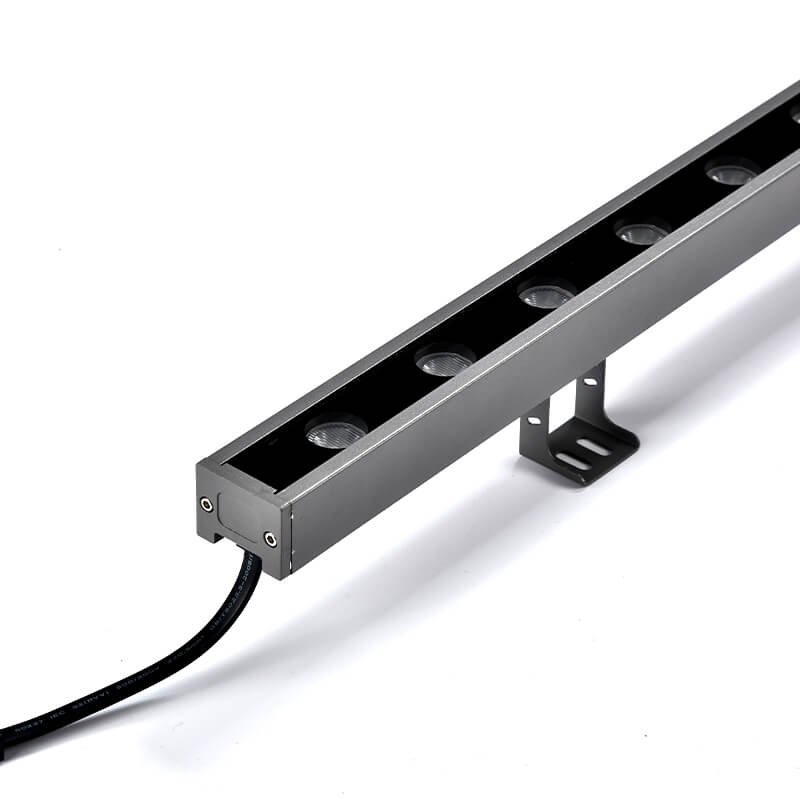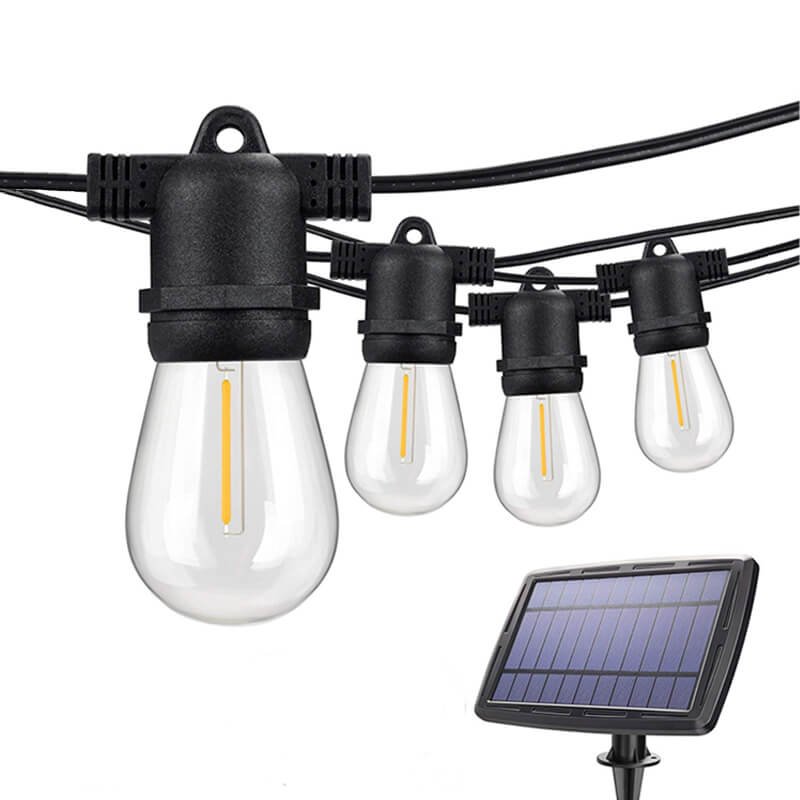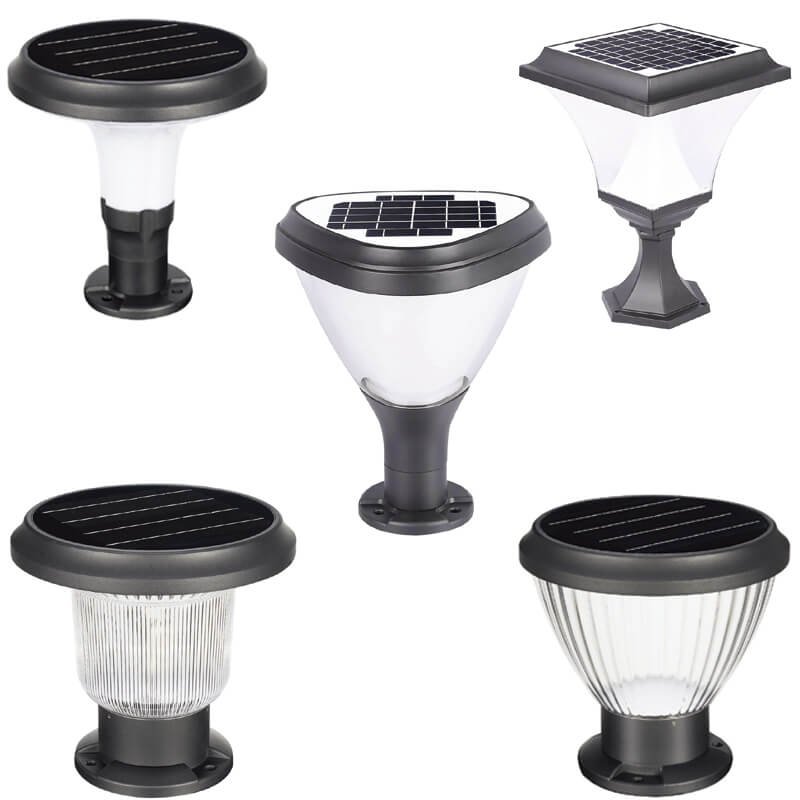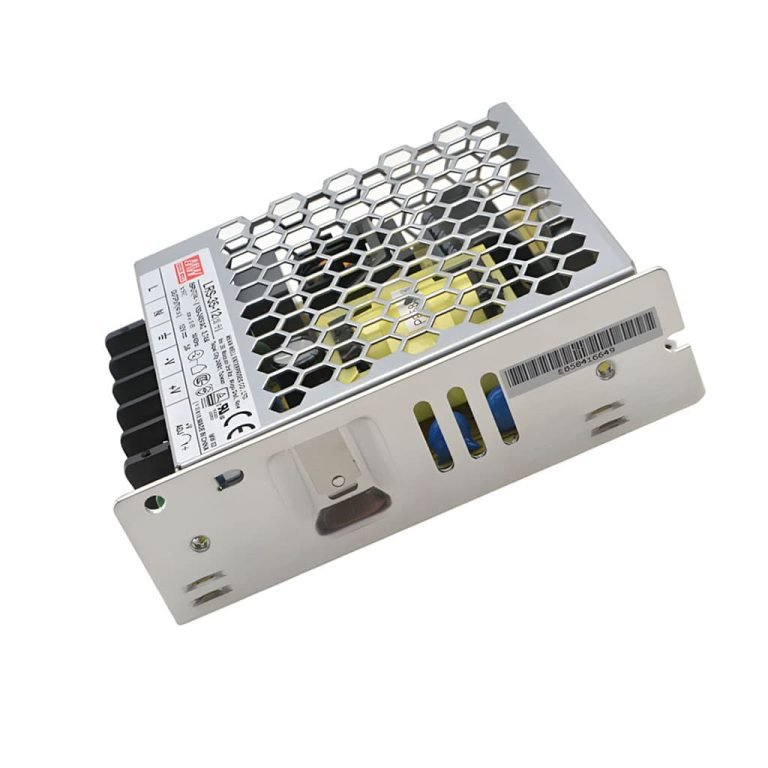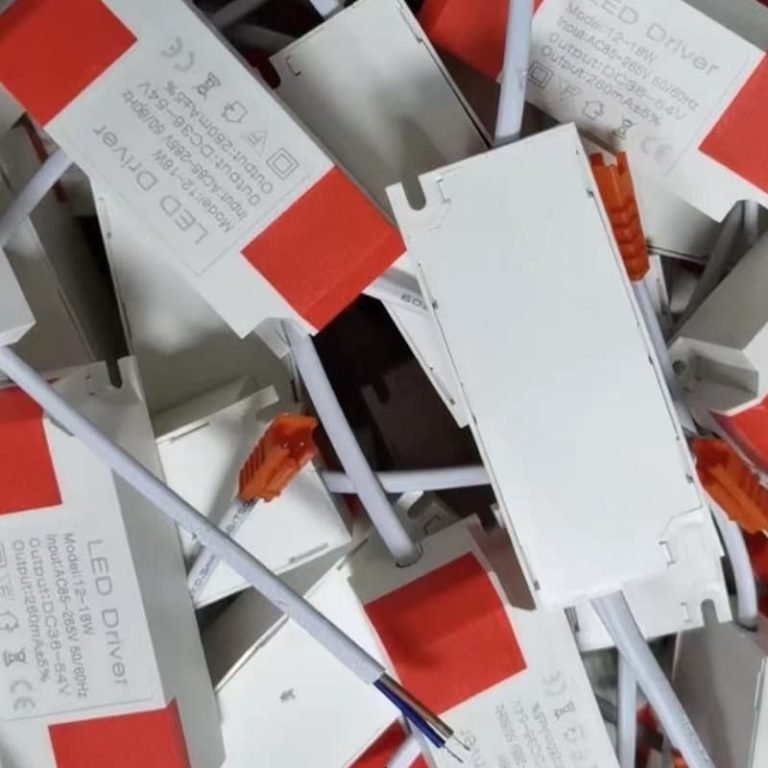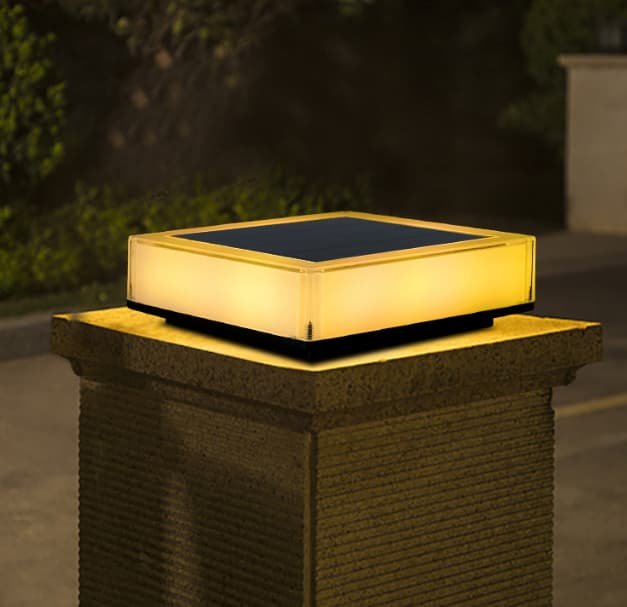What is a Good Solar Panel for Solar Light?
Solar light is fast becoming a preferred ambient lighting solution for many households worldwide. As its eco-friendly nature and cost-saving benefits. Whether it is an integrated or split solar light, the solar panel is one of the most central components.However, choosing the right solar panel for your lamp can become quite a head scratcher.
Introduction to Solar Panels
What are Solar Panels?
Solar panels, also known as photovoltaic panels, are devices that convert sunlight into electricity. They are made up of a collection of photovoltaic cells, which work together to harness the sun’s energy and convert it into usable electrical power.
Importance of Solar Panels in Renewable Energy
Solar panels play a critical role in the world of renewable energy. As we strive to reduce our dependence on fossil fuels and combat climate change, solar panels offer a clean and sustainable solution. By harnessing the power of the sun, they provide a renewable source of electricity and help us move towards a greener future.
Basic Structure of Solar Panels
Photovoltaic Cells
At the heart of every solar panel are the photovoltaic cells. These cells are made of semiconductor materials, usually silicon, that have the unique ability to convert sunlight directly into electricity. When sunlight hits the surface of the cell, it excites the electrons within the semiconductor, creating an electric current.
LayviKay uses high-quality A-grade battery cells, and some of the customized solar lights have conversion efficiencies of 23% or more.
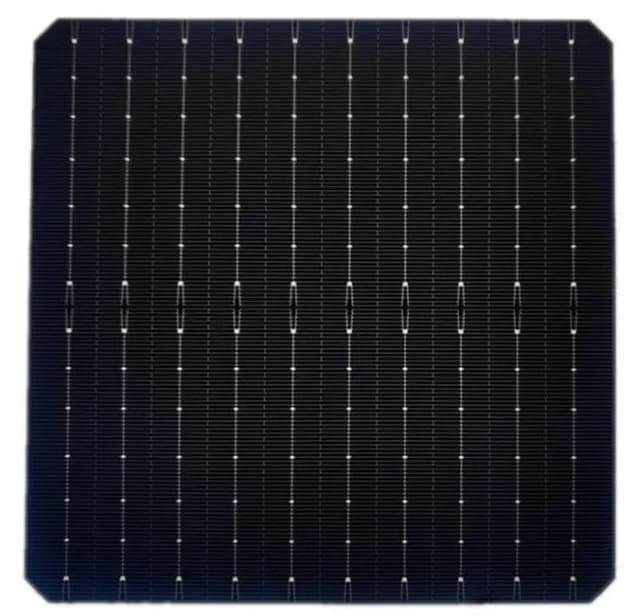
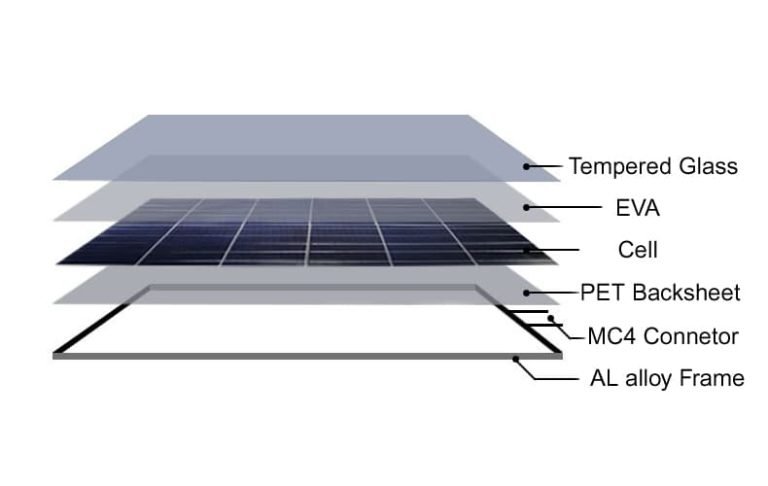
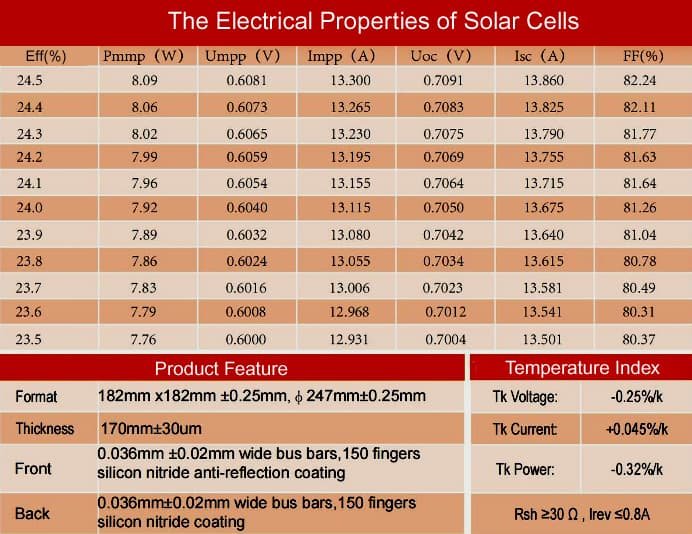
Encapsulation and Backsheet
To protect the delicate photovoltaic cells from environmental factors like moisture and temperature fluctuations, solar panels are encapsulated in tempered glass. This encapsulation layer acts as a barrier, shielding the cells from physical damage and ensuring their longevity. The back sheet, on the other hand, provides additional protection and insulation.
Frame and Mounting
Solar panels are usually mounted on a sturdy frame, typically made of aluminum, which provides structural support and protection. The frame also allows for easy installation and maintenance of the panels. Depending on the application, solar panels can be mounted on roofs, ground-mounted structures, or integrated into the lamp.
Types of Solar Panel
Monocrystalline Solar Panels
Monocrystalline solar panels are made from a single crystal structure, usually silicon, which gives them a uniform and sleek appearance. They are highly efficient and perform well in bright sunlight conditions. Due to their manufacturing process, they tend to be more expensive than other types of solar panels.
Polycrystalline Solar Panels
Polycrystalline solar panels are made from multiple silicon crystals, resulting in a less uniform appearance with a mosaic-like pattern. They are more cost-effective to produce compared to monocrystalline panels but have slightly lower efficiency levels. However, they still offer a reliable and affordable option for generating solar energy.
Thin-Film Solar Panels
Thin-film solar panels are made by depositing a very thin layer of photovoltaic material onto a substrate, such as glass or metal. They are lightweight, flexible, and can be produced in different colors. While they are less efficient than crystalline solar panels, thin-film panels excel in low-light conditions and have a lower environmental impact during manufacturing.
Factors Affecting Solar Panel Conversion Efficiency
Sunlight Intensity and Angle of Incidence
The intensity of sunlight and the angle at which it strikes the surface of solar panels greatly affect their conversion efficiency. Panels perform best when they receive direct sunlight at a perpendicular angle, maximizing the absorption of sunlight and the generation of electricity.
Temperature Effects
Solar panels are sensitive to temperature variations, and high temperatures can reduce their efficiency. As the temperature rises, the performance of the photovoltaic cells decreases. Therefore, it is important to consider proper cooling and ventilation systems to maintain optimal operating temperatures for the panels.
Dust, Dirt, and Shading
Accumulation of dust, dirt, or shading on the surface of solar panels can hinder their performance. Even a small amount of shading, like from a tree branch or building, can significantly reduce the output of a panel or even cause it to stop working. Regular cleaning and ensuring panels are free from obstructions are essential for maximizing their efficiency.
Challenges and Limitations in Efficiency for Your Solar Light
Efficiency Losses due to Degradation and Aging
While solar panels are built to last, they do experience some degradation over time. Factors like exposure to harsh weather conditions and normal wear and tear can lead to a decrease in efficiency. This degradation can result in a loss of power generation capacity, reducing the overall energy output of the panels.
Manufacturing Variations and Quality Control
Manufacturing variations can also impact the efficiency of solar panels. Small deviations in the production process or inconsistencies in the quality of materials used can affect the performance of individual solar cells and, consequently, the entire panel. Implementing stringent quality control measures and optimizing manufacturing processes are essential to ensure consistent and reliable solar panel efficiency.
Energy Payback Time and Environmental Impact
Solar panels are known for being a sustainable energy solution; however, there are still challenges related to their environmental impact. One aspect to consider is the energy payback time, which refers to the time it takes for a solar panel to generate the same amount of energy that was used in its production. While this time has significantly decreased over the years, reducing it further is crucial for minimizing the environmental impact of solar panel manufacturing.
How to Improve the Conversion Efficiency for your solar Light?
Advanced Cell Architectures
When it comes to maximizing the efficiency of solar LED lights, the design of the solar cells themselves plays a crucial role. Advanced cell architectures, such as multi-junction cells and bifacial cells, are being developed to capture more sunlight and convert it into electricity. These innovative designs allow for increased absorption of light across a broader spectrum, leading to higher conversion efficiencies.
Anti-Reflective Coatings
One common limitation of solar panels is the loss of incoming sunlight due to reflection. To combat this, anti-reflective coatings are applied to the surface of solar panels. These coatings effectively reduce the amount of light that bounces off the panel, allowing more photons to be absorbed and converted into electricity. By minimizing reflection losses, anti-reflective coatings contribute to the overall improvement in conversion efficiency.
Novel Materials for Enhanced Efficiency
Another avenue for boosting the efficiency of solar panels lies in the development of novel materials. Researchers are exploring new semiconductors and materials that have superior light-absorbing properties. For example, perovskite materials have shown great promise in increasing conversion efficiencies due to their unique crystal structure. By incorporating these new materials into solar cells, we can improve their ability to harness sunlight and generate more electricity.
Our Solar Pillar Lights utilizes high performance A-grade cells and a special anti-reflective coating. So, the comprehensive performance far exceeds than other similar products.

Future Trends and Innovations in Solar Panel Technology
Perovskite Solar Cells
Perovskite solar cells have emerged as one of the most promising advancements in solar panel technology. These cells have shown impressive conversion efficiencies and can be produced using low-cost manufacturing techniques. Despite being relatively new, perovskite solar cells hold substantial potential for revolutionizing the solar industry and increasing the overall efficiency of solar panels.
Tandem Solar Cells
Tandem solar cells, also known as multi-junction or stacked cells, are designed to overcome the limitations of traditional single-junction solar cells. By combining multiple semiconductors with different bandgaps, tandem cells can capture a wider range of solar radiation and convert it into electricity more efficiently. This technology has the potential to significantly increase the overall efficiency of solar panels in the future.
Creating a Cleaner and Greener World for Generations to Come
In conclusion, continuous efforts are being made to improve the conversion efficiency of solar panels through innovative designs, advanced materials, and manufacturing optimizations. While challenges related to degradation, manufacturing variations, and environmental impact persist, the future of solar panel technology looks promising with advancements like perovskite solar cells, tandem solar cells, and the integration of solar panels into lamp. With these innovations, we can expect greater efficiency and wider adoption of solar energy in the coming years.
FAQ
What is the average conversion efficiency of solar panels?
Solar panels typically have a conversion efficiency ranging from 15% to 23%, with some advanced technologies reaching efficiencies of around 25%. However, it is important to note that the efficiency can vary depending on factors such as the type of solar panel technology, environmental conditions, and maintenance.
How can I improve the conversion efficiency of my solar panels?
There are several ways to improve the conversion efficiency of solar panels. Some strategies include optimizing the tilt and orientation of the panels to maximize sunlight exposure, keeping the panels clean and free from shading, using advanced cell architectures and materials, and implementing anti-reflective coatings. Regular maintenance and monitoring of the panels also contribute to maintaining high efficiency levels.
What are the challenges faced by solar panels in terms of efficiency?
Several challenges impact the efficiency of solar panels. These include degradation and aging of the panels over time, temperature effects, variations in manufacturing quality, and the presence of dust, dirt, and shading. Additionally, the energy payback time (the time taken for a solar panel to generate the amount of energy used in its production) and the environmental impact of manufacturing and disposal pose challenges that need to be addressed in order to improve overall efficiency.
What are some future trends in solar panel technology?
The future of solar panel technology looks promising with ongoing research and development. Some emerging trends include the use of perovskite solar cells, which have shown great potential for high efficiency and low-cost production. Tandem solar cells, which combine multiple materials to capture a broader spectrum of light, are also gaining attention.

